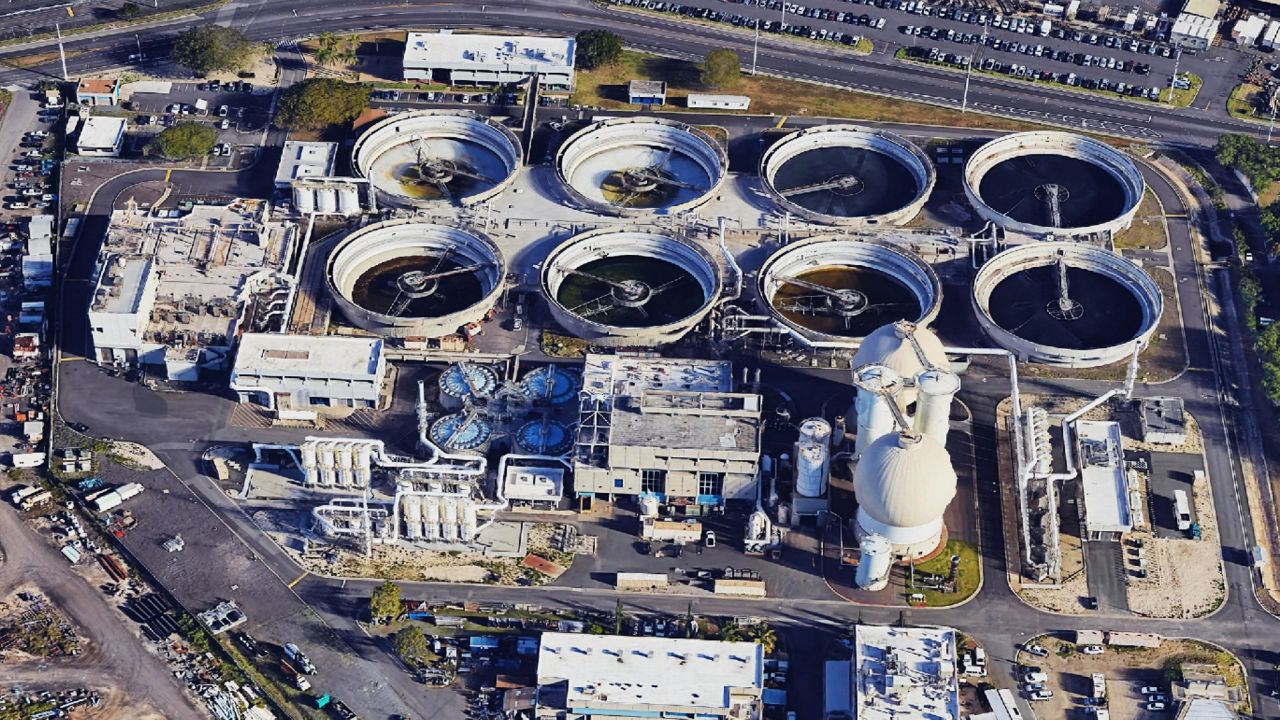HONOLULU — A routine test of treated effluent at the Sand Island Wastewater Treatment Plant detected elevated bacteria levels on May 21, according to the Honolulu Department of Environmental Services.
The amount of enterococcus found in the sample tested exceeded the daily maximum limitation set by the facility’s National Pollutant Discharge Elimination System permit.
Enterococcus can cause a range of infections and has been found to be increasingly resistant to antibacterial agents.
The sample was collected at the plant’s effluent monitoring station before discharging at the deep ocean outfall located approximately 1.7 miles from the shoreline at a depth of 230 feet below the surface of the water.
Enterococcus analysis requires a 24-hour test. A sample taken the previous day was within the normal range.
In response to the test, the city is collecting additional daily samples at the five shoreline stations located near the plant. The city will also continue daily monitoring of treated effluent at facility.
Signs have been posted in the surrounding area warning the public to stay out of the water.
Elevated enterococcus levels were also detected in treated effluent at the Kailua Regional Wastewater Treatment Plant between May 17 and 19.
Recent testing showed a return to normal levels, and samples taken at seven shoreline stations do not exceed state water quality criteria.
Michael Tsai covers local and state politics for Spectrum News Hawaii. He can be reached at michael.tsai@charter.com.



